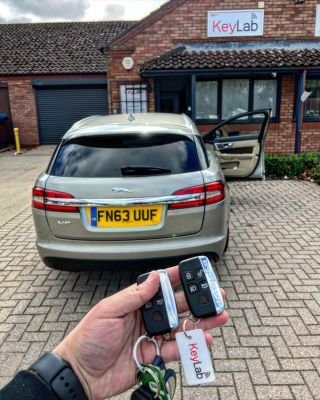The Evolution of the Renault Key Card
The hands-free card is an essential component of the Renault car. It is the size of a credit card, it has multiple buttons for controlling the car.
This small object which is smaller than a credit-card sized object was initially viewed as a gadget suitable for 007 but has become one of Renault's most ingenuous products. It has changed how we use automobiles.
Hands-free Card: A Short Introduction
Like many other inventions that have altered the way that people use cars the hands-free card was designed as an answer to a particular issue. In this case it was due to the fact that once a driver gets into their car, they are required to press the door handle to unlock the doors. This was frustrating and caused many to leave their cars, or worse even lock themselves in!
In order to address this problem, the product leader of Laguna II, Bernard Dumondel came up with an idea. He realized that the key card could be used to activate a variety of functions and decided that the hands-free function was most convenient.
The first hands-free card was small and simple - an unassuming plastic case that had an electronic core programmed so that it could constantly communicate with' the vehicle which it was paired. When the card was close to the vehicle, it sent the radio signal, which contained an access code. The car detected this and if it was correct then it unlocked the doors.
The card that was handed out for free contained a microtransmitter that could allow users to remotely turn on the horn as well as the lights. This is useful for emergencies or to draw attention when the vehicle is parked illegally. There was also a button that allowed the owner to start their engine.
Hands-free Card Evolution
Since their introduction twenty years ago, hands-free card has undergone a series of changes - both on the outside as well as inside. It's now a "car passport' because it stores vital information about the vehicle including its serial number, registration number, information about the owner as well as equipment, mileage and tire pressure.
The hands-free device, hidden behind its minimalist plastic case, is programmed constantly "communicate" with the car with which it is linked. It transmits an audio signal to the car, which confirms that it is authentic and then unlocks the doors. This process takes less than 80 microseconds. This is a fraction of a blink of an eye.
Once the card is in your pocket you can utilize it to remotely turn on your car's security systems:
For example, pressing button 4 turns on your headlights that are dipped and interior lighting. This is very useful if are required to exit your car in the dark or if it is parking on a road that isn't familiar to you. In addition the dipped beam may aid in identifying your vehicle from a distance in a car park. The battery in your card that allows you to hand it over should be replaced when it runs out (see "Related Products"). Keep the card clear of metal objects, as this could cause it to malfunction.
The Evolution of the Smart Access Card
Since their introduction, hand-free cards have changed to meet the needs of users. Smart access cards have advanced from Magstripes to Prox and provide more functions. The form factor has also changed to accommodate the various functions of smart cards.
Modern smart cards have a microprocessor built in that allows them to perform a variety of functions. It can, for example, store security codes and decrypt information. These capabilities offer greater security and user-friendliness. It can be used to make online purchases that allow customers to enjoy the convenience and security of shopping without putting their personal data at risk.
Smart cards are more secure than Magstripe or Prox. Smart cards don't require an swipe to activate them and can provide a more accurate reading than traditional proximity cards. They reduce maintenance costs as well as increase user and administrative efficiency. There are a variety of factors to take into consideration when deciding whether not to upgrade a system to a smartcard including cost as well as convenience and security.
The Renault Captur smart card opens the doors and also activates the rearview camera and starts the engine. It is also able to control the lighting, and locate the car in a crowded parking lot.
renault captur key of Keyless Entry Systems
As time goes by the technology for keyless entry has been upgraded. They have also become more affordable for car owners who are interested in integrating this technology into their automobiles. They can incorporate keyless entry systems into their vehicles, or purchase them.
The first keyless entry system was designed in 1982 by the equipment maker Valeo and was referred to as the "practical card". It worked in the same way as a remote control and allowed users to lock and unlock their car with a touch of a button located on the card or door handle. This was a huge improvement in terms of convenience for car owners as they no longer had to carry a physical key.
Keyless entry systems have also been utilized in commercial buildings to safeguard sensitive information. Instead of traditional locks to gain access into the building, employees can scan a badge or enter the code. The technology also helps to prevent theft by logging who is logging in and out at all times.

Keyless entry systems can be an excellent method to increase security in rental properties. Tenants typically conceal a spare key outside of the property. This poses a security risk for landlords because thieves are aware of this practice and can easily find the spare key. Keyless entry systems permit tenants to be informed whenever they enter and exit the property. They are also deactivated when anyone attempts to enter the property without authorization.
